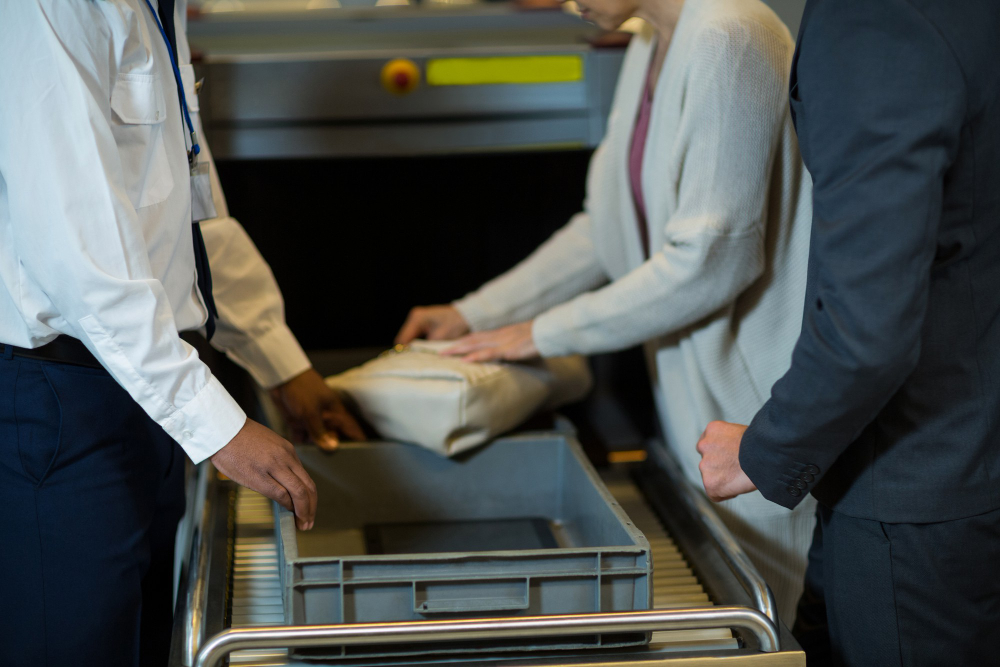Advanced Parcel Scanner: Boosting Accuracy and Speed
In today’s fast-paced world, the logistics and shipping industries are under immense pressure to handle growing volumes of parcels efficiently, accurately, and securely. As e-commerce and global trade continue to expand, ensuring that packages move seamlessly through supply chains without delay or error has become critical. At the heart of this transformation lies the advanced parcel scanner—a technological marvel that combines cutting-edge imaging, artificial intelligence, and automation to elevate parcel inspection to unprecedented levels.
The Challenge of Modern Parcel Handling
Handling parcels in large volumes is a complex task. Traditional manual inspection methods can be slow, error-prone, and insufficient for identifying concealed threats or irregularities. Manual checking not only increases processing times but also introduces human error, which can lead to misrouted packages, delays, or security lapses. Additionally, the sheer variety in parcel sizes, weights, and contents complicates standard inspection processes.
An advanced parcel scanner addresses these challenges by delivering a streamlined, automated, and highly accurate inspection process that keeps pace with the demands of modern logistics.
What Makes an Advanced Parcel Scanner?
An advanced parcel scanner is more than just a device that reads barcodes or labels. It integrates multiple sophisticated technologies to ensure detailed inspection and real-time analysis of every package moving through the supply chain. These systems typically combine high-resolution X-ray imaging with intelligent software powered by machine learning and deep learning algorithms.
This combination allows the scanner to generate clear, detailed images of parcel contents and identify anomalies without opening the package. The system can detect prohibited items, undeclared goods, or damaged parcels swiftly and with remarkable precision.
Enhancing Accuracy Through AI and Imaging
One of the standout features of advanced parcel scanners is their ability to leverage artificial intelligence to improve inspection accuracy. Unlike older systems that rely solely on human interpretation of X-ray images, AI-driven parcel scanners analyze images automatically, recognizing patterns and identifying irregularities that might escape human eyes.
This AI component is continuously trained on vast datasets, enabling it to spot hidden threats, such as explosives or contraband, and even identify suspicious packaging techniques. The use of deep learning further refines this capability by allowing the system to adapt and improve over time, reducing false positives and enhancing detection reliability.
The result is a significantly lower rate of errors, ensuring that only legitimate parcels proceed while suspicious items are flagged for further inspection. This high degree of accuracy is crucial not only for security but also for maintaining smooth operations and reducing costly disruptions.
Speeding Up the Inspection Process
Speed is a critical factor in logistics, where every minute counts. Advanced parcel scanners are designed to operate at high throughput rates, capable of scanning hundreds or even thousands of parcels per hour. This efficiency is achieved through automated conveyor systems that feed parcels into the scanning device continuously, allowing for non-stop inspection.
Real-time image processing and AI-powered analysis enable immediate decision-making without human intervention, dramatically reducing inspection times. Alerts or flags are generated instantly when suspicious parcels are detected, allowing operators to take swift action.
By automating the inspection workflow, these scanners eliminate bottlenecks caused by manual checks and enable logistics centers to maintain a steady flow of parcels, even during peak seasons. This acceleration translates into faster deliveries and improved customer satisfaction.
Supporting Security and Compliance
Security is a paramount concern in parcel handling, especially given the risks of illegal or dangerous goods entering the supply chain. Advanced parcel scanners enhance security by providing a non-intrusive yet thorough inspection method that can detect hazardous materials, weapons, and other contraband.
Moreover, these systems support compliance with regulatory standards by maintaining detailed inspection records and automatically generating reports. This documentation is invaluable for audits, legal compliance, and incident investigations, ensuring transparency and accountability.
Integration with Broader Logistics Systems
Modern parcel scanners are not standalone devices; they integrate seamlessly with warehouse management systems (WMS), transport management systems (TMS), and security infrastructure. This integration facilitates end-to-end visibility of parcels, from entry to delivery, and enables data sharing across departments.
By linking parcel scanners with inventory databases and shipment tracking platforms, logistics operators gain real-time insights into parcel status, location, and inspection outcomes. This connected approach allows for proactive decision-making, optimized routing, and rapid response to any issues that arise.
Environmental and Operational Benefits
Besides accuracy and speed, advanced parcel scanners contribute to operational efficiency and sustainability. Automated scanning reduces the need for physical handling of packages, minimizing wear and tear on parcels and reducing workplace injuries.
Additionally, faster throughput lowers energy consumption per parcel by optimizing equipment usage and reducing idle times. This efficiency supports the growing demand for greener logistics solutions, aligning with environmental goals.
Conclusion
The advanced parcel scanner is revolutionizing the way parcels are handled in modern logistics. By combining high-resolution imaging, AI-powered analysis, and seamless automation, these systems significantly improve both the accuracy and speed of parcel inspections. This leads to enhanced security, reduced operational bottlenecks, and improved compliance—all critical factors in meeting today’s demanding shipping landscape.
Investing in such intelligent scanning solutions empowers logistics providers to deliver packages faster, safer, and with greater confidence, ultimately benefiting businesses and consumers alike. As parcel volumes continue to grow, the role of the advanced parcel scanner will only become more vital in building smarter, more efficient supply chains.

